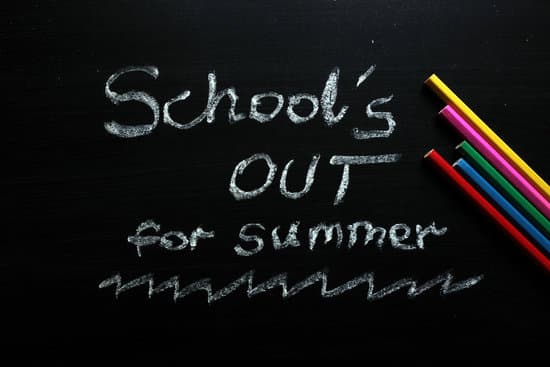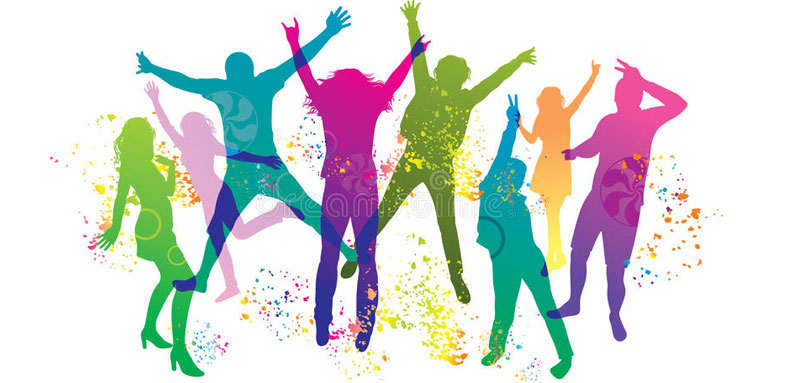Alcohol is the most widely used substance among America’s teens and young adults, posing substantial health and safety risks. Believe it or not, the average age for a first drink is 14.
A Parent’s Guide to Underage Drinking
Teens try alcohol for a variety of reasons – to exert independence, escape from stress, peer pressure, rebellion and even boredom – but they tend to do so without fully recognizing alcohol’s negative effects or health risks.
Forty percent of teens do not perceive any risk in having one or two drinks nearly every day. 1
As a parent, you hold tremendous influence over whether your child decides to drink or not. Be informed and be clear that you disapprove of underage drinking, model health behavior and find opportunities to discuss the dangers of alcohol.
Know the Risks
Most underage drinking – 90 percent of it – is in the form of binge drinking. People ages 12-20 drink 11 percent of all alcohol consumed in the U.S.2 Although young people drink less often than adults do, when they do drink, they drink more, exponentially increasing risks to health and safety.
Drinking impairs judgment and can lead to poor decisions about engaging in risky behaviors that put one’s self and others at risk.
Each year, 4,358 young people die in alcohol-related deaths as a result of underage drinking (car crashes, homicides, alcohol poisoning, falls, burns, drowning and suicides). 3
Other important risk factors to consider, and to help your son or daughter understand:
Teen brains are more vulnerable to alcohol. Research shows that the teen brain doesn’t fully develop until 25. Alcohol can alter this development, potentially affecting brain structure and function.
Underage drinking increases the risk of alcohol problems later in life. Research shows that people who start drinking before the age of 15 are four times more likely to meet the criteria for alcohol dependence at some point in their lives. 4
Mixing alcohol and marijuana is dangerous and can significantly impair judgment. The level of intoxication and secondary effects experienced can be unpredictable.
Mixing alcohol and prescription medicine is especially dangerous. It can cause nausea and vomiting, headaches, drowsiness, fainting and loss of coordination and puts you at risk for internal bleeding, heart problems and breathing difficulties.
What You Can Do
If you choose to drink, model responsible drinking behavior. A child with a parent who binge drinks is much more likely to binge drink than a child whose parents do not. Try to avoid sending any unintended messages — find ways to celebrate and relax without alcohol.
Don’t make alcohol available to your child or their friends. This isn’t only a matter of safety, depending on where you live, it could be the law.
Kids ages 11-14 see approximately 1,000 alcohol ads a year. 5 Discuss what you see and help put context around the alcohol messaging your child receives from friends and the media.
Supervise any parties in your home to make sure there is no alcohol – and make sure your teens know the rules ahead of time. Learn more about social hosting laws and what they can mean for your personal liability in the event of underage drinking in the home.
Is your child socializing at someone else’s home? Know where he or she will be. Call the parents in advance to verify the occasion and location and that there will be supervision. If the activity seems inappropriate, express concern and keep your child home.
Communicate your expectations and rules for when your teen goes out with friends, and include regular check-ins.
Assure your child that he or she can call you to be picked up whenever needed.
Create a contract establishing rules about drugs and alcohol. You can use our template to get started.
Foster Regular and Productive Communication
Productive communication with your teen or young adult doesn’t always
have to feel like you’re giving them the third degree. Remain calm,
relax and follow the tips below to ensure that your child hears what you
have to say — and visa versa.
Try to be objective and open. If you want to have a productive
conversation with your child, do your best to keep an open mind and
remain curious. Your child is more likely to be receptive this way.
Ask open-ended questions. These are questions that elicit more than just a “yes” or “no” response and will lead to a more engaging conversation.
Let your teen know they’re being heard. Use active listening and reflect back what you are hearing — either verbatim, or just the sentiment. For example, you can say, I’m hearing that you feel overwhelmed, and that you think drinking helps you relax. Is that right?
Discuss the negative effects of alcohol, and what that means in terms of mental and physical health, safety and making good decisions. Talk about the long-term effects.
If your child’s interested in drinking, ask why – and what might happen if she does. This gets your teen to think about her future, what her boundaries are around drinking – and some of the possible negative consequences (she may be late to practice, do something stupid in front of her friends, feel hung over). It will also give you insight into what’s important to her.
Offer empathy and compassion. Let your child know you understand. The teen years can be tough. Acknowledge that everyone struggles sometimes, but alcohol is not a useful or healthy way to cope with problems. Let your child know that he or she can trust you.
Remind your child that you are there for support and guidance – and that it’s important to you that she or he is healthy and happy and makes safe choices.
If there is a history of addiction or alcoholism in your family, then your child has a much greater risk of developing a problem. Be aware of this elevated risk and discuss it with your child regularly, as you would with any disease.
Keep an eye on how your child is coping. Does he or she seem withdrawn or uninterested in the usual activities? These are signs that your child might be hiding something or need some guidance.
This article contains information from https://drugfree.org/.




